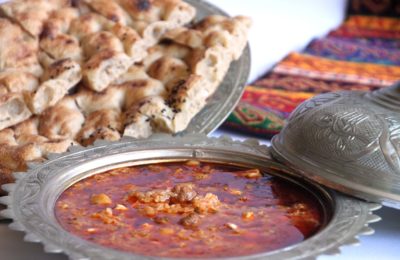Alanya was located on the land of a little peninsula, on the north of whose there lied Toros Mt. and on the south there was Mediterranean Sea. Due to its location between Pamphylia and Cilicia the city was called both Pamphylia and Cilicia in the ancient age. Some skeletal and fossil remains found in two villages, Bademaðacý and Oba, located on the northeast of county seat, prove the fact that Alanya’s history can be traced back to the Upper Paleolithic Era(BC 20.000 – 17.000), called “the dark ages” as well.
There is no sufficient information about the area’s ancient times and Byzantium era. According to famous historian Heredot’s scripts, people migrated here after the Trojan War on about the year 1820 BC and the city hosted various tribes. In the 16th century’s first half (BC), Hittites reached the land of Alanya and killed approximately 600 people. Then they ruled over the cities, Pamphylia and Cilicia. Between 224 and 118 BC, even though the whole Cilicia was invaded by Great Antiocus, the city maintained its independency as conquering of the city was too hard.
Later on the 7. century AD, the city was even more important than ever that castles had been built as a protection against Arabian raids. That’s why there are many castles and churches around Alanya, which date back to 6. and 7. centuries AD. The oldest known name of the city is Korakesium. Later on the Byzantium era, its name formed into Kalanoros.
I. Alaaddin Keykubad(1200-1237), one of the Anatolian Seljuk sultans, took over the control of Castle of Alanya by defeating Kyr Vart, a Christian tyran who lived in the castle, in 1221. The sultan married the daughter of Kyr Vart and then built a palace in the city, which he named after himself as Alaiye. Alanya, as well as Konya (the capital of the sultanate), was regarded as a capital and was used as a centre to pass the winter and so, there were many new constructions. The city was living its the most prosperous era under Alaaddin’s authority. Today, there are castles, dockyards and many other buildings that stand still as a heritage from that era.
After the fall of Anatolian Seljuk Sultanate in 1300, the city was ruled by a feudal community, Karamanoðullarý. Their capital was Konya as well. Karamanoðullarý sold Alanya to Egyptian Mameluk Sultanate in 1427 for a price of 5 thousand gold coins.
After all, with the rise of Ottomans, who provided political association, Alanya was conquered in 1471 by Gedik Ahmet Pasha who was a general serving to Fatih Sultan Mehmet.
With the era of Ottoman Empire, Alanya was first regarded as a part of Cyprus in 1571 but later had been sanjak of the province of Konya in 1864. When it later had been a sanjak of Antalya in 1868, Alanya, finally had been a county of Antalya in 1871. Atatürk named the city as Alanya when he visited it in 1935.

















